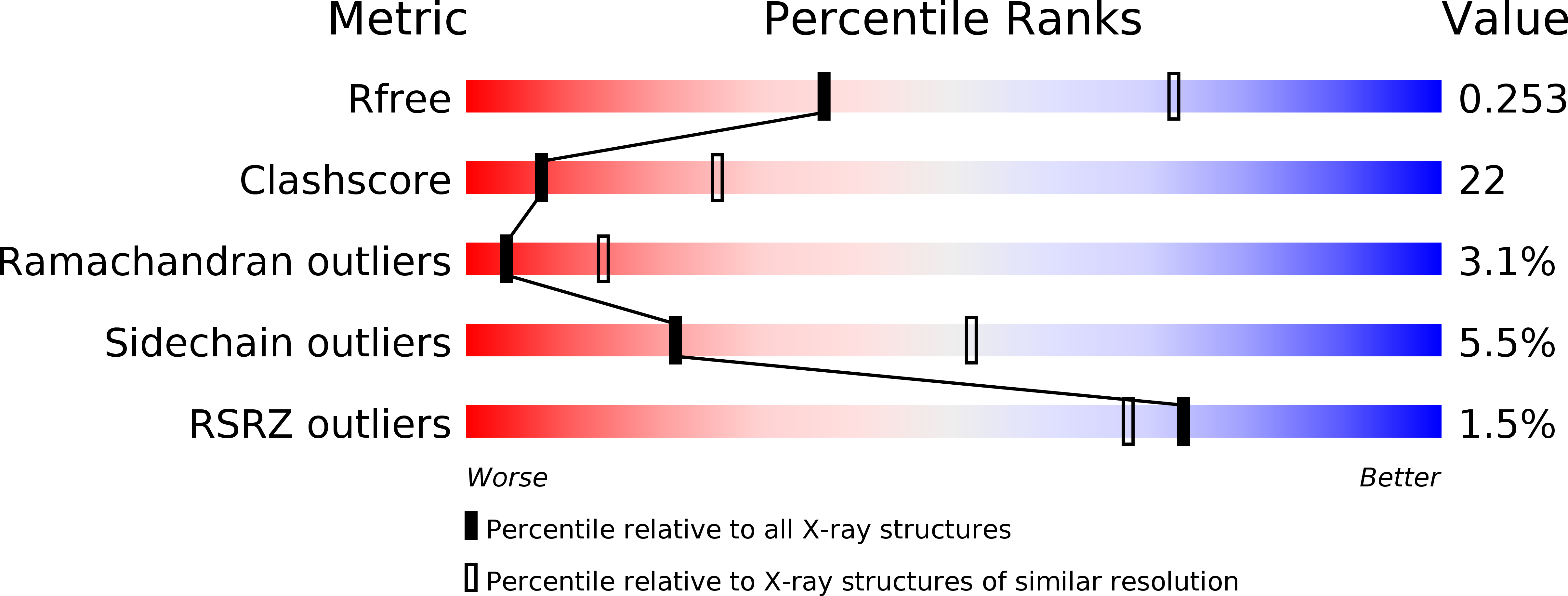
Deposition Date
2012-07-31
Release Date
2013-04-10
Last Version Date
2024-02-28
Method Details:
Experimental Method:
Resolution:
2.80 Å
R-Value Free:
0.25
R-Value Work:
0.22
Space Group:
P 1 21 1


